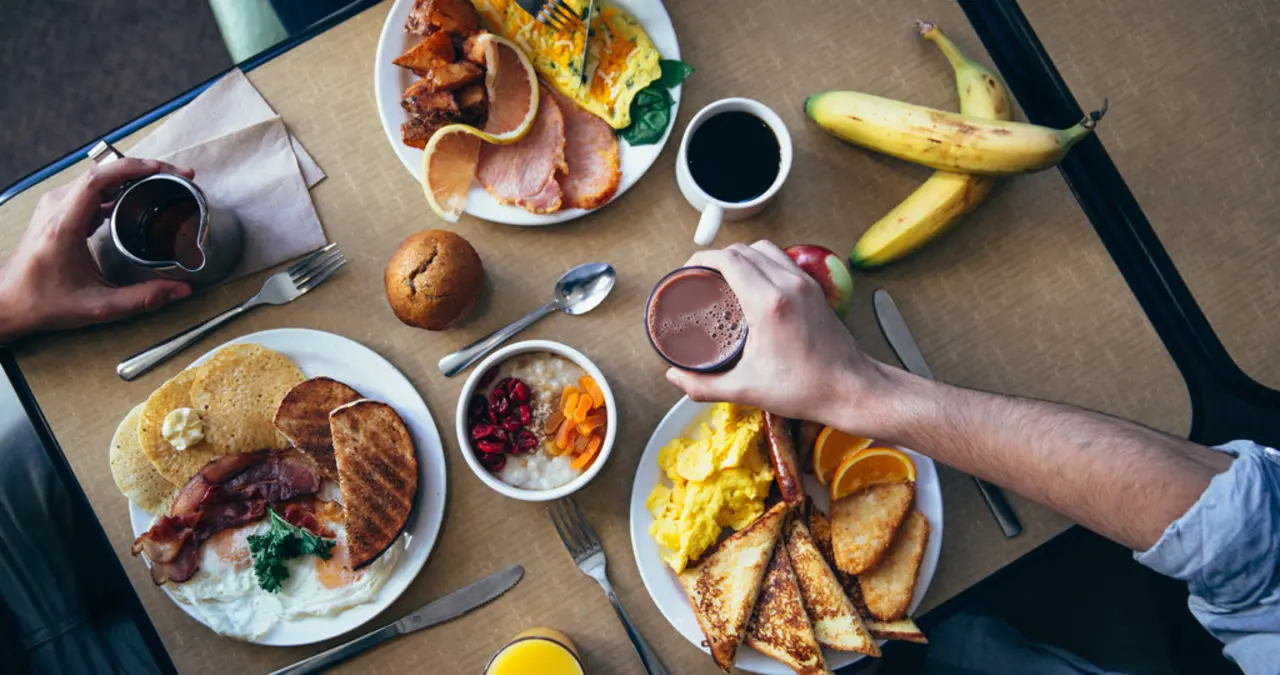What is the importance of lighting in food photography?

Illuminate Your Culinary Creations: The Role of Lighting in Food Photography
As a food blogger, I've learned that lighting plays a crucial role in taking mouth-watering food photographs. In this article, I will discuss the importance of lighting in food photography and provide some tips on how to use it effectively. We will explore the following topics:
1. Understanding the Basics of Light: Natural vs. Artificial
First and foremost, it's essential to understand the difference between natural and artificial lighting. Natural light comes from the sun and is typically considered the best type of light for food photography. It provides a soft, even illumination that brings out the true colors, textures, and details of the food. The best time to shoot with natural light is during the golden hour – the time just after sunrise or before sunset when the sunlight is warm and diffused.
Artificial lighting, on the other hand, includes sources like lamps, flash, and studio lights. While it can be more challenging to work with, it allows for greater control over the lighting setup and can create dramatic, professional-looking images. When using artificial light, it's important to choose the right type of light source and adjust the intensity, color temperature, and direction to achieve the desired effect.
2. The Magic of Shadows: Creating Depth and Contrast
Shadows play an essential role in food photography, as they help create depth and contrast in your images. Without shadows, your photographs may appear flat and uninteresting. To make your food look more appetizing, try to incorporate soft, natural-looking shadows by positioning your light source at an angle, rather than directly above or in front of the food.
Additionally, you can use reflectors or diffusers to control the intensity and direction of the shadows. Reflectors bounce light back onto the subject, filling in shadows and creating a more even illumination. Diffusers, on the other hand, soften and scatter the light, producing gentler shadows and a more natural look.
3. Color Temperature: Setting the Mood and Enhancing Your Food's Appeal
The color temperature of your light source can have a significant impact on the appearance and mood of your food photographs. Warmer light (lower color temperature) tends to create a cozy, inviting atmosphere, while cooler light (higher color temperature) can make a scene feel clean and modern. The right color temperature can also enhance the natural colors of your food, making it appear more appetizing and fresh.
When shooting with natural light, the color temperature will change throughout the day, so it's important to be aware of this and adjust your shooting time or white balance settings accordingly. With artificial light, you can control the color temperature more easily by using different light sources or adjusting the settings on your camera.
4. Direction of Light: How to Highlight Your Food's Best Features
The direction of your light source can dramatically impact the appearance of your food. Side lighting is a popular choice for food photographers, as it creates a natural, three-dimensional look and highlights the textures and details of the food. To achieve this effect, place your light source to the side of your food, at a 45-degree angle.
Backlighting is another effective technique, where the light source is positioned behind the food. This creates a beautiful rim light around the edges of the dish, making it stand out against the background. Experiment with different light positions to see which best accentuates your food's features and makes it look most enticing.
5. Mastering Multiple Light Sources: Creating Complex and Dynamic Images
While it's possible to achieve stunning food photographs with a single light source, using multiple light sources can add depth and complexity to your images. By combining different types of light, such as a soft, diffused main light and a more focused, directional accent light, you can create a dynamic interplay of light and shadow that brings your food to life.
When working with multiple light sources, it's essential to consider the balance between them to avoid overexposing or underexposing your image. Start by setting up your main light source and then experiment with adding accent lights, adjusting their position and intensity until you achieve the desired effect.
In conclusion, lighting is a crucial element of food photography that can make or break your images. By understanding the basics of light, experimenting with shadows and color temperature, and mastering different lighting techniques, you can create stunning, mouth-watering food photographs that showcase your culinary creations in the best possible light.
